One of the most popular and at the same time expensive base oils in cosmetology is jojoba oil. Strictly speaking, it is not exactly an oil, but rather a liquid wax that is obtained from the nuts of plants growing in the deserts of North America. The reputation of this oil is confirmed by more than a thousand years of history. It is completely unique in its chemical composition and beneficial properties, which are not lost even during long-term storage. Today we propose to talk about why and how to use jojoba oil, we will talk about its composition, dosages, and provide several beauty recipes using this component.
Main characteristics
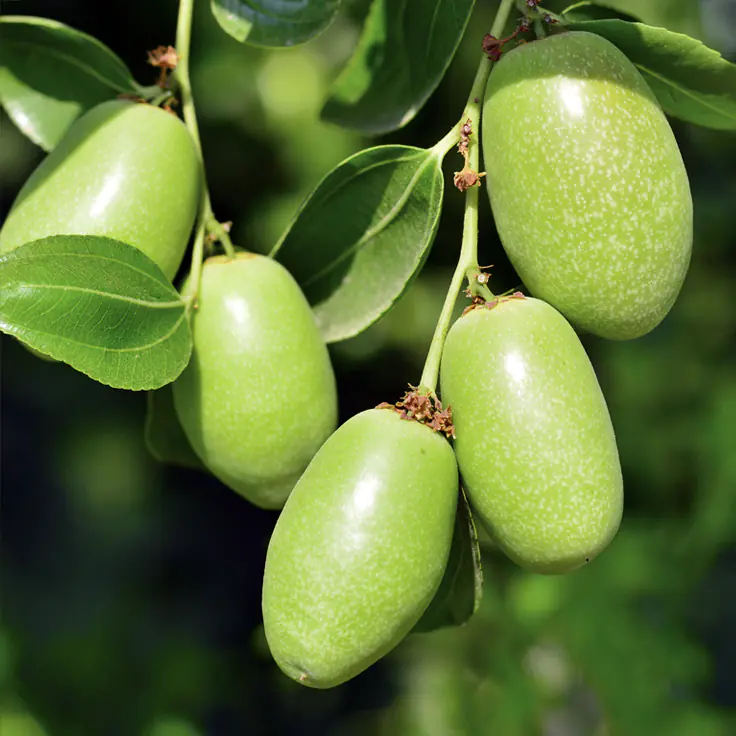
In general, jojoba oil is extracted by cold pressing the nuts. During production, it retains absolutely all fatty acids, and due to the fact that it contains a huge amount of protein and vitamin E, jojoba moves from the category of ordinary base oils into a collection of the most effective antioxidants, agents that can quickly eliminate any inflammation.
One of the main characteristics of this oil is considered to be its high resistance to oxidation. This means that the aroma oil does not deteriorate and does not lose its unique properties over time, while being an ideal basis for dissolving any essential oils. Experts note: you can use jojoba oil in its pure form, but it is best to use it as a 10% solution, mixing it with other vegetable oils.
Jojoba is characterized by a light, almost imperceptible odor and a rich golden color. The oil changes its physical characteristics: at cold temperatures it hardens to a waxy paste, and in warm temperatures it becomes relatively liquid. Cosmetologists note: jojoba is the only base oil that does not leave behind a greasy shine on either the skin or hair. At the same time, it is able to form a dense protective layer.
Jojoba oil: composition
You can purchase this product at any pharmacies and cosmetic stores. In addition, you can also find granules of jojoba wax on the shelves, which were prepared by hydrogenation. You can add such granules to homemade cosmetics. The study of the composition and properties of jojoba began in the seventies of the last century. Researchers were able to find out that this oil is quite close in its biochemical composition to spermaceti. This is the name of a unique substance that was previously extracted from the frontal part of the head of sperm whales.
The main components of jojoba oil include fatty acids and their esters, amino acids, collagen, vitamin E, and carotenoids. Let us note that this composition is truly unique: it does not replicate any of the known vegetable oils. In addition to the fact that this composition has beneficial properties for the skin, it provides the oil with high stability: jojoba is not afraid of exposure to sunlight, oxidation and heat. Moreover, the oil can be stored for a long time even without the use of any additives. For this reason, it is often used as a preservative in the manufacture of cosmetics.
Use in cosmetology
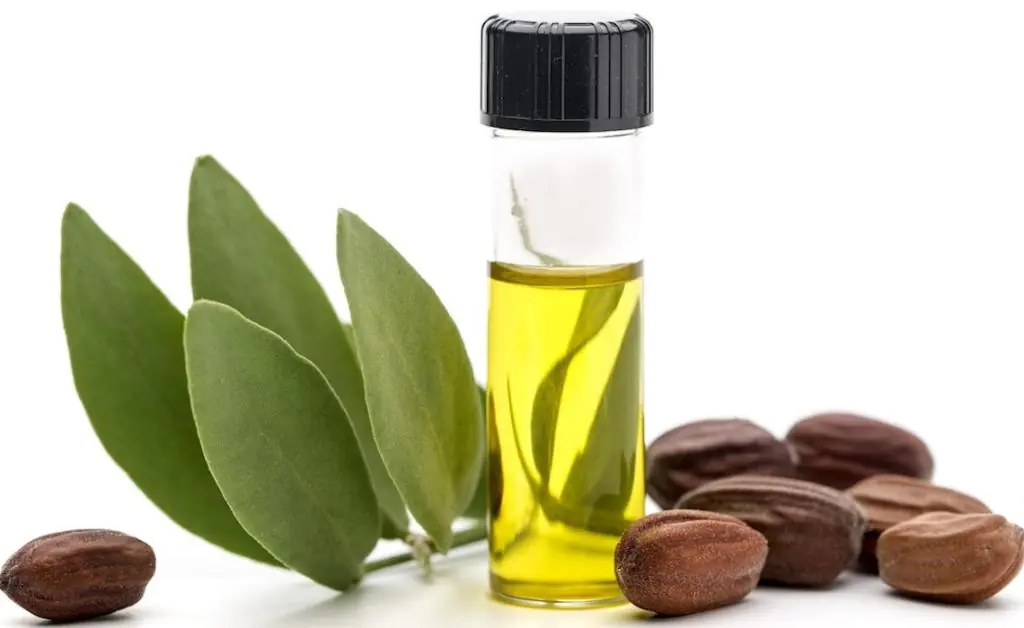
The use of jojoba oil, according to cosmetologists, is almost limitless: it is an ideal component for basic and specialized skin care not only for the face, but also for the décolleté and neck. The product moisturizes and nourishes the skin, restores damage, relieves irritation, redness and inflammation. Jojoba is even suitable for caring for delicate skin around the eyes that requires special attention; it can be used in the manufacture of various vitamin applications and patches. Jojoba oil is also an excellent base for masks. The product has proven effective in treating chapped skin, including on the lips; it quickly eliminates rashes and cracking.
Cosmetologists note: the oil has anti-inflammatory properties, can stimulate the regeneration of skin cells, quickly heals cracks, injuries, cuts, dermatitis and irritation. Moreover, it can also be used in the fight against cellulite and to eliminate stretch marks. One more advantage of jojoba oil for the body, hands, and face should be noted: it is suitable for absolutely any skin type, and can be used by those with oily, normal, dry, problem skin - regardless of age.
Other positive properties of oil in cosmetology include protective, rejuvenating and cleansing. In addition, it can be used even by women who often experience allergic reactions to any skin care cosmetics.
Dosage Features
Using jojoba oil is not difficult: in order to enrich the cream or lotion, you need to add 15% of this oil to the finished composition. Jojoba oil for the face - in its pure form, mixed with other base oils - can be used for daily skin care after cleansing. If you want to prepare a nutritious mixture, combine jojoba, olive, apricot kernel and avocado oils in equal parts; for every two tablespoons of this mixture you will need one drop of lemon or orange essential oil.
If your skin is prone to flaking, you can use a tablespoon of jojoba oil with two drops of lavender. For aging skin, instead of lavender, patchouli oil is suitable, and tea tree oil can cope with the problems of skin prone to rashes. In order to obtain a suitable composition for the delicate skin around the eyes, you can add a drop of fennel or mint oil to jojoba oil. To care for lips with jojoba, it is better to combine lemon balm.
Using jojoba oil, you can prepare a unique smoothing mixture that can eliminate stretch marks: you need to combine jojoba, avocado, lavender, orange, mint and rosemary.
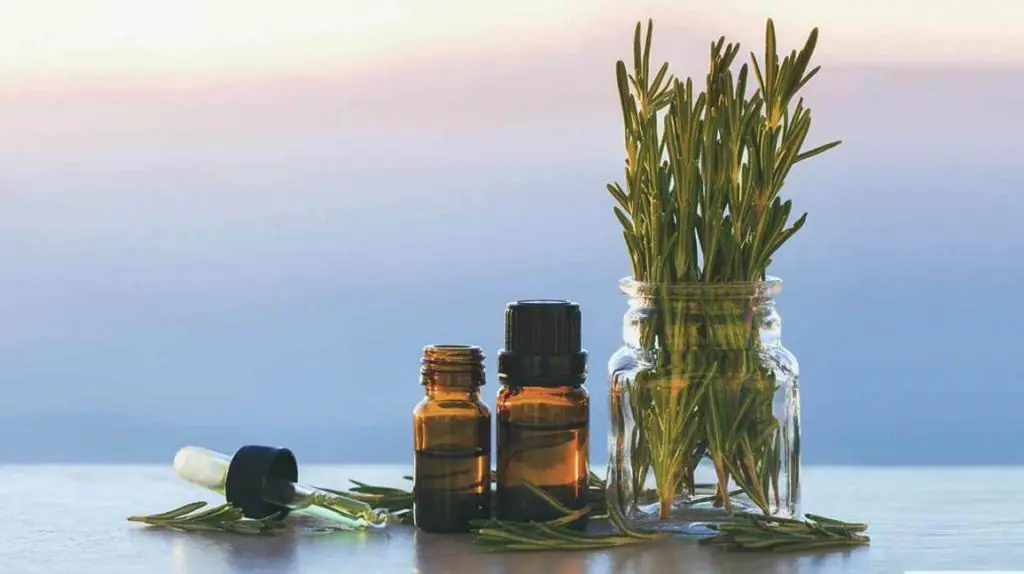
To care for your hair, you can add about 5 drops of jojoba oil to your shampoo or conditioner. At the same time, if it is important to solve the problem of hair loss, it is recommended to add sage and eucalyptus oil. A combination of jojoba, ylang-ylang and orange will help with dry hair; this composition must be applied to a wooden comb, which you use to comb your hair after washing. What else is jojoba oil good for? Experts talk about the effectiveness of massages, applications and compresses for various skin lesions.
Oil harm
Speaking about the use of this amazing oil, it should be noted that individual intolerance to it is a rather rare phenomenon. However, before the first use, it is recommended to carry out a test: one drop of oil should be rubbed into the wrist. After half an hour, you should evaluate the condition of the skin: if redness appears, it is better to stop using the oil. If you decide to use jojoba oil daily all over your facial skin (especially if it is oily), you may trigger active sebaceous gland activity. The result is numerous inflammations.
How to choose quality oil
High-quality oil is usually sold in small bottles made of dark glass. The list of main producing countries includes the United States of America, Australia, Mexico, Egypt, Brazil, Argentina, Peru and Israel. It should be noted that in cold climatic conditions this plant is simply not able to survive, and therefore it is enough to look at the specified country to recognize a fake. It is best to store this oil in the refrigerator; before use, you need to heat only the amount that is needed to prepare the cosmetic product. This can be done either at room temperature or using a water bath. By the way, unlike other vegetable oils, this can be stored for several years - due to the fact that it contains a large amount of ceramides, which do not allow it to oxidize.
Application for face
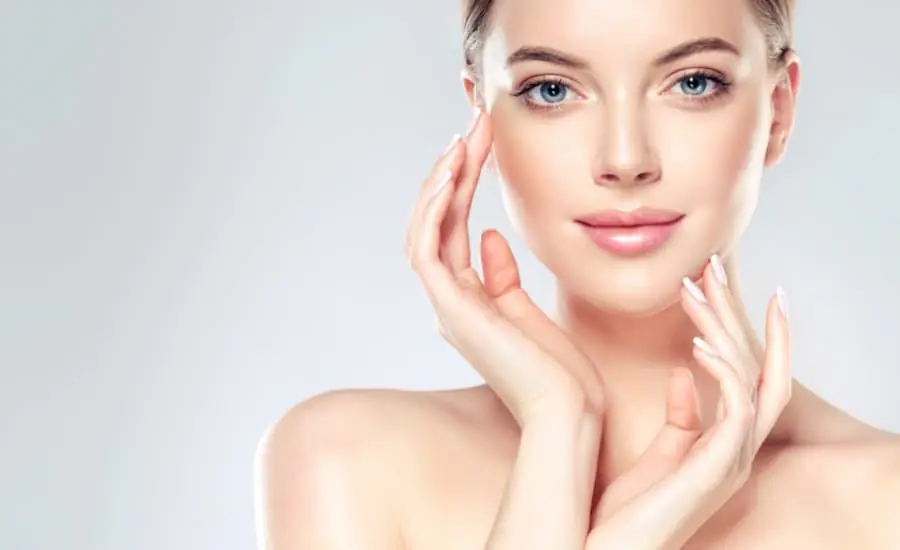
This unique oil is widely used in the field of facial skin care. Its delicate texture allows it to be quickly absorbed, without leaving any greasy shine or unpleasant sticky film. The product does not clog pores, allows the skin to breathe freely and maintains its natural moisture level. You can use oil-wax for all areas of the face.
The product increases elasticity and firmness, makes the skin smooth and soft. Jojoba oil is widely used for the face against wrinkles, post-acne, dull skin color, swelling and acne. Some women use jojoba as a sunscreen if their skin is sensitive to ultraviolet light. You can apply it before tanning: powerful natural filters will not allow the skin to burn or redden, and the fabrics will not lose moisture in the sun. It is also recommended to use jojoba oil in the cold season: it will protect against hypothermia, chapping, and prevent flaking of the skin.
For body
Cosmetologists recommend using jojoba oil for the entire body: this will maintain a normal level of moisture and elasticity of the skin, make it tightened, and eliminate stretch marks. Regular application of the product to the neck, décolleté, and arms will help you look young and attractive longer. It should be noted that jojoba oil does an excellent job of removing rough tissue on the knees, palms, feet and elbows. It can also be used for cellulite changes in the skin, both for existing problems and as a preventive measure.
For curls
When talking about what jojoba oil can be used for, we cannot fail to mention hair. Wax from seeds nourishes and moisturizes curls from roots to ends, restores structure, solving the problem of dandruff, normalizing the functioning of the sebaceous glands. Indications for wax use include the following:
- dry hair;
- lack of volume;
- dandruff;
- slow hair growth or loss;
- increased greasiness;
- damage due to chemical perms, bleaching, frequent use of straightening irons, hair dryers and curling irons.
For eyelashes

Do your eyelashes fall out, break or grow poorly? Jojoba oil, used in its pure form, works real miracles. It should be applied along the edges of the eyelids, thereby nourishing the follicles and strengthening the eyelashes. In addition, this allows you to awaken the bulbs, which are currently in the sleep phase. This significantly increases the volume of eyelashes, they become darker, longer, and the look becomes more expressive. You can use jojoba oil to remove eye makeup.
Home Recipes
There are a huge number of ways to use jojoba oil when preparing homemade cosmetics. It can be used in its pure form, in combination with other oils or products.
Use undiluted
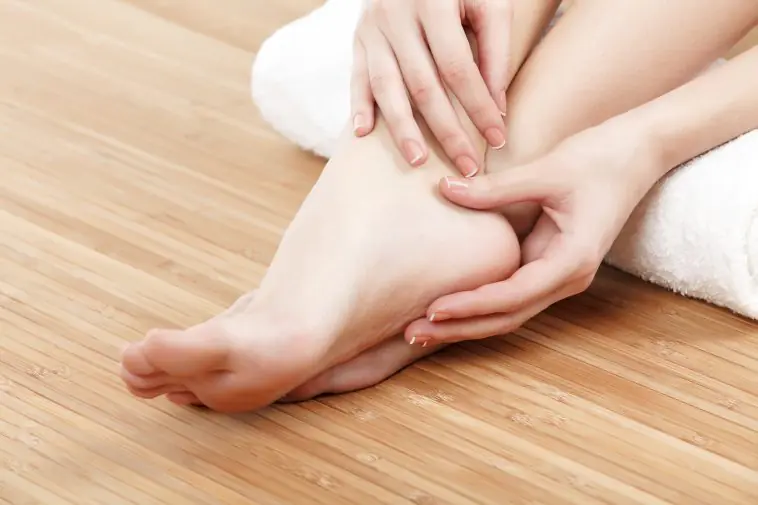
Why is jojoba oil used in its pure form? Cosmetologists say: this product should be applied to those areas where the skin is especially dry, dense or rough, for example, on the elbows, knees, lips or heels. It is recommended to repeat the procedure only a couple of times a week. You should be especially careful when using pure oil on your face: this can eliminate deep wrinkles, but too frequent use of wax can clog the cells. The best way to use pure oil is as a mask or application. It is enough to apply the product to the skin with a brush or soak a cloth with it. After fifteen minutes, it is recommended to rinse off the product with warm water.
For wrinkles
Thinking about using jojoba oil on your face for wrinkles? You will need the following ingredients:
- one chicken yolk;
- a teaspoon of fat sour cream or cream;
- a tablespoon of jojoba oil;
- a teaspoon of liquid honey.
Preparation of the product is quite simple: you need to heat the honey and oil in a water bath, add the remaining ingredients, apply the product to the skin and leave for 20 minutes. After the specified time, it is recommended to wash off the mask with warm water.
For acne and oily skin
Worried about acne, oily and greasy skin? Try making a composition with the following ingredients:
- one tablespoon each of jojoba oil and white or blue clay;
- some warm water;
- half a tablespoon of calendula tincture;
- a couple drops of lavender essential oil.
Preparing the product is quite simple: you need to dilute the clay in warm water and add the remaining ingredients to it, mix well. The resulting mask should be applied to the skin. After the mixture dries, it should be washed off with warm water. After this, it is recommended to apply any moisturizer to the skin.
For hair
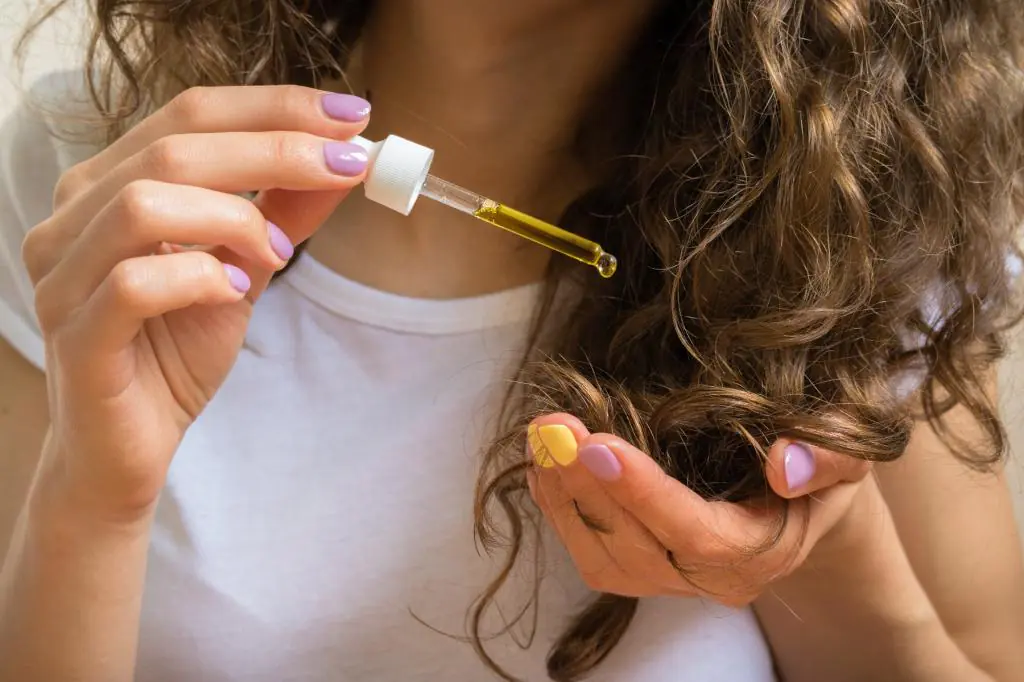
What is jojoba oil used for hair? It allows you to solve problems such as damage and dryness, brittle hair, and slow growth. To prepare the mask you will need:
- a tablespoon of melted honey;
- 1 egg yolk;
- two tablespoons of jojoba wax;
- a couple of drops of sandalwood or neroli essential oil.
The main component of the product – jojoba – needs to be heated and the rest of the mask components added to it. The composition must be applied to the root part, and only then distributed over the entire length of the hair. It is recommended to warm the mask, keep it on your hair for 30-40 minutes, then rinse thoroughly with shampoo.
Jojoba oil is also suitable for oily hair. To do this, 1 tablespoon of the product must be mixed with two tablespoons of lemon juice and the pulp of one avocado. The composition must be applied to damp hair, rubbed in, and rinsed off after an hour.
For dry and sensitive skin
When talking about using jojoba oil for the eyes or for sensitive facial skin, cosmetologists recommend preparing a nourishing and moisturizing product from the following components:
- a tablespoon of jojoba oil and full-fat cottage cheese;
- a teaspoon of freshly squeezed carrot juice.
Preparation will only take a few minutes: the oil must be heated in a water bath, mix the juice and cottage cheese in a separate bowl, add warm oil and apply to the face for 15 minutes. After this, the remnants of the mask should be removed with a soft cloth and washed with warm water.
For hands
The skin of the hands is daily exposed to the adverse effects of temperature changes, ultraviolet radiation, comes into contact with hard water, household chemicals, and therefore needs daily protection, moisturizing and nutrition. Jojoba oil will help cope with this task. You can prepare various care products for your hands. We offer a composition that is suitable for daily use. The list of components is simple:
- ¼ part of a glass of jojoba oil, the same amount of emulsion wax;
- 50 ml water;
- 10-15 drops each of patchouli and incense oils.
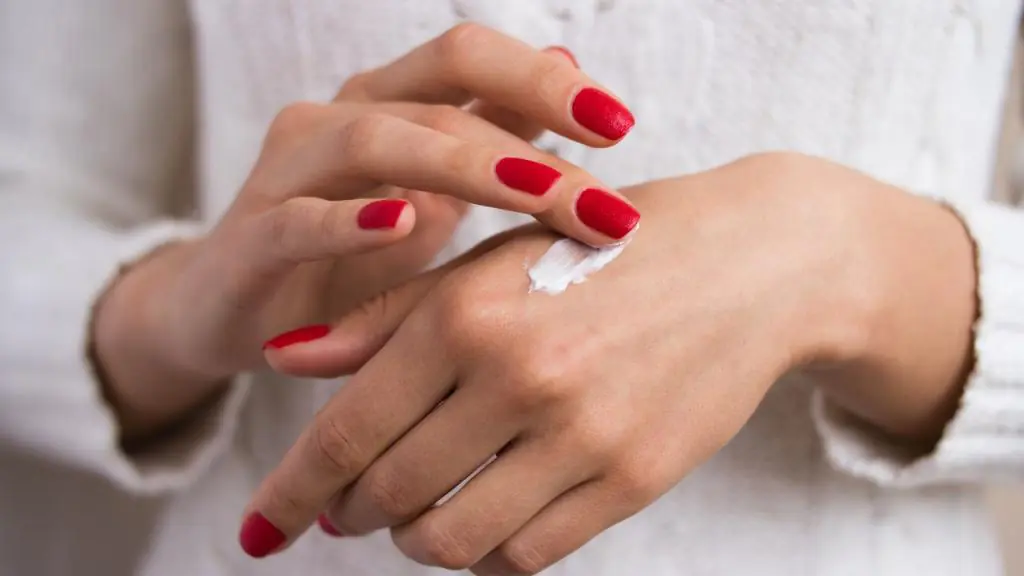
In order to prepare such a homemade cream, it is recommended to combine wax and oil, heat them in a water bath and mix, then add essential oil, heat the water in a separate container to 40-50 degrees, and add to the composition. After this, all components must be thoroughly mixed again, poured into a glass jar and left in the refrigerator. The product can only be applied to clean hands.
6 comments
Are you one of those women who are constantly searching for natural and effective face and body care products? Then today's information is undoubtedly for you. The popularity of home cosmetology using vegetable oils, waxes, esters, and all kinds of plant extracts has simply gone off scale in recent years.
And it’s not just that the most productive cosmetics have incredible prices. And the fact is that a number of products that are freely available are precisely the basis of these most expensive creams, balms, lotions and other products for the beauty and health of skin and hair. One of these “elixirs of youth” is cosmetic jojoba oil.
The use of an oil extract obtained by cold pressing from the fruits (nuts) of the evergreen plant Symmondia sinensis, better known as jojoba or jojoba, is widely used in the cosmetic and pharmaceutical industries, as well as in the manufacture of various lubricants.
The properties of jojoba oil have been used for effective treatment and care of all parts of the body since ancient Egypt. Our ancestors maintained beauty with the help of a miraculous elixir, using it to take care of the health and youth of the skin, hair, eyelashes, lips and face.
Meet jojoba oil
This ingredient is found everywhere in various care products designed to care for the skin and its appendages. So what is jojoba oil, and why does it take pride of place in both traditional and home cosmetology?
Strictly speaking, oil is not a vegetable oil that is familiar to us. A yellow fatty substance with a golden tint can be classified as a liquid polyunsaturated wax. The consistency and composition of the extract are closest to the fat produced by the skin, due to which jojoba freely penetrates into the deep layers of the epidermis, saturating the cells with healing phytocomponents.
Jojoba is resistant to oxidation due to the high content of ceramides in it, that is, it does not go rancid for a long time even when in contact with air, which cannot be said about oils such as flaxseed or nut. That is why cosmetic manufacturers massively use jojoba oil in many lines. Unrefined oil has a light nutty aroma, while refined oil has virtually no odor. At room temperature, spruce remains in liquid form.
The nourishing elixir is valued both as an independent complete product for face and hair care, and as an ideal conductor and basis for auxiliary products, such as essential oils or medicinal plant extracts.
Purchasing a product today is not difficult, even if you live in remote regions. The elixir is produced by many cosmetic and pharmaceutical companies. You can buy jojoba oil in pharmacies, shops selling eco-products, and in online stores, usually in bottles of 10, 25, 30, 50 and 100 ml.
Composition and beneficial properties
The product contains lipids (monounsaturated and polyunsaturated fatty acids, including oleic, gadoleic, erucic), amino acids (essential and essential), fat-soluble vitamins - tocopherols (E) and retinol (A), B complex vitamins, micro- and macroelements ( zinc, chromium, silicon, selenium, copper).
Oil extract - a wax-like substance - has powerful regenerating, anti-inflammatory, restorative, rejuvenating, antifungal, antioxidant, softening and moisturizing properties.
It is used not only in cosmetic skin care, but also in the treatment of dermatological problems: wounds, ulcers, psoriasis, eczema, neurodermatitis, dermatitis, acne, sunburn, etc. Jojoba oil is suitable for the delicate skin of infants, softening, protecting and nourishing it , as well as preventing the appearance of abrasions and diaper rash.
Use of jojoba oil in cosmetology
The amazing properties of the product for the skin lie in the biochemical composition of the oil. First of all, we are talking about amino acids in the composition of protein compounds, reminiscent in their structure of collagen fibers, which are the basis of the skin framework.
With age, the amount of collagen decreases, which affects the elasticity of the dermis. Therefore, products that enrich the epithelium with additional amino acids restore the framework and maintain elasticity. The elixir has hypoallergenic properties, which makes it possible to use it for all skin types, including delicate infant skin.
Use on the face
The product is useful for all types and ages of skin, from children's skin to flabby, age-related skin. The use of jojoba oil in its pure form or as a base (masks, creams, lotions, balms) works selectively for each skin type:
- relieves inflammation, reduces the intensity of the sebaceous glands, softens sebaceous plugs, cleanses and tightens the pores of oily, problem and combination skin;
- saturates with moisture, eliminates flaking, nourishes dry and thin skin;
- strengthens, compacts and increases the turgor of loose and wrinkled skin;
- tightens the oval of an older face;
- reduces irritation of sensitive skin;
- regenerates damaged skin areas, smoothing scars and scars.
The oil is quickly absorbed, leaving no greasy shine or sticky film on the skin. The product is suitable for use as a day and night cream. During the cold season, an invisible film that does not interfere with cellular respiration protects the face from wind and frost.
The easiest way to use jojoba oil is to apply the heated mixture to all areas of the face after preliminary cleansing with light patting movements until completely absorbed. The same product is recommended for delicate makeup removal, removing remnants of makeup from eyelashes, lips and skin.
Jojoba oil for hair, eyelashes and eyebrows
According to experienced trichologists, the use of jojoba oil for hair problems is justified and can improve the condition of the scalp in cases of baldness (complete or partial), seborrhea, slower hair growth, increased hair loss associated with stress or vitamin deficiency (provided that treatment carried out from the inside).
Treatments with oil help soften the scalp, eliminate irritation, cleanse the hair follicles of sebum, so that hairs begin to grow from follicles freed from plugs. The delicate texture of oil wax promotes lamination and healing of microdamage to the rods, thereby eliminating the problem of split ends.
The simplest procedure with the elixir is wax wrapping. To do this, you will need to heat 1-2 tablespoons of jojoba in a water bath and apply the product evenly along the entire length of the strands. The contact time of the oil with the curls is 20-30 minutes. To enhance the effect, the head is covered with polyethylene and wrapped in a terry towel heated on a radiator. Next, the hair is washed with shampoo and conditioner is used.
The beneficial properties of jojoba are also useful in caring for eyelashes and eyebrows. Regular application of the product makes them more obedient, accelerates growth, eliminates bald spots and gaps in the growth line. The combination of jojoba, castor and burdock oils (1:1:1) is especially appreciated. The composition is applied to the eyelashes using a clean and dry brush moistened with it.
Using oil for massage
Jojoba oil for the body can be used as a softening lotion or massage product. The effectiveness of massage increases significantly if you use healing oil wax in its pure form or in combination with other products.
Regular application of the composition to cleansed body skin has the following beneficial effects:
- eliminates dryness, soothes irritated skin;
- softens rough skin (elbows, knees, heels, soles);
- nourishes the skin of the hands and cuticles, strengthening the nail plates;
- restores the epidermis after sunbathing or tanning in a solarium;
- reduces stretch marks formed after sudden weight loss or after childbirth.
Add the oil to your favorite skin care formulations or prepare massage compositions with it. The product is ideally combined with any vegetable oils, for example, sesame, olive, pumpkin, peach, apricot, grape seed, and also acts as a high-quality base for essential oils at the rate of 15 drops of ether for every 50 ml of base.
Numerous reviews from women who regularly use jojoba oil in home care and beauty maintenance indicate that this unique elixir is one of the most effective for all ages. I wish you beauty, youth and attractiveness!
Natural products today are gradually replacing factory-made cosmetics for facial care. People try to minimize aggressive effects on the body from the outside, so they refuse store-bought creams, lotions and serums. One of the most popular cosmetics of natural origin is jojoba oil. The latter is actively used in skin care, eyelashes, eyebrows, lips and even beard. But before you try a natural product on yourself, you should learn about its features, and most importantly, about its contraindications.
What is jojoba oil
Jojoba oil is a squeeze from the seeds of the tree of the same name. The latter is common in the states of Arizona and California, as well as in some areas of Mexico. The product is most often obtained by cold pressing, which allows for maximum retention of nutrients from the seeds. To mix homemade cosmetic compositions, it is the unrefined extract that is used. The product has a golden hue and a subtle nutty smell.
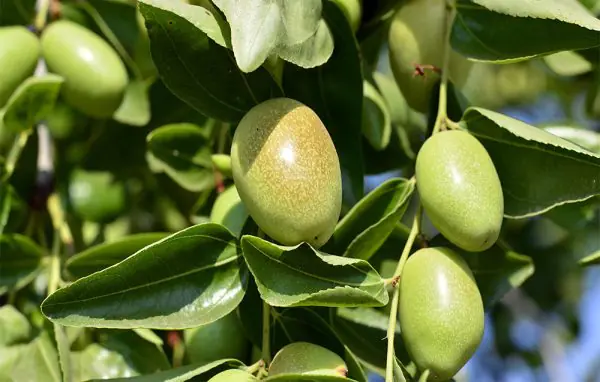
The seeds of the plant from which the substance is extracted contain up to 50% oil in their composition. The jojoba product is a basic product, which means it can be used not only when mixing cosmetic products, but also as an independent product.
The oil thickens quickly, and during long-term storage it can acquire a cloudy, heterogeneous consistency. However, the product does not completely harden, so there is no need to melt it specifically before mixing with other ingredients. Despite this, in some recipes the oil still needs to be heated.
Chemical composition
Jojoba oil has a unique composition rich in beneficial components. Interestingly, all the substances contained in the product penetrate deeply into the skin cells, despite the fact that the product is quite thick. The main active components of jojoba oil are:
- Fatty acid. Protect the skin from aggressive environmental influences: ultraviolet rays, wind and sudden changes in air temperature. The oil contains the following acids:
- Gadoleic (64–81%). Additionally moisturizes and softens the skin, preventing premature death of healthy cells.
- Erucovaya (11–23%).
- Oleic (4–16%).
- Nervous (approximately 3.4%).
- Palmitic (less than 4%).
- Palmitoleic (approximately 1%).
- Begenovaya (less than 1%).
- Others (approximately 3%).
How to select and store the product
When purchasing jojoba oil, pay attention to the following criteria:
- Method of acquisition. Give preference to regular stores rather than looking for a product on the Internet. Only by purchasing oil directly from the seller will you be able to evaluate the smell, color and consistency of the product.
- Manufacturing method. Don't forget that refined products also exist. As a rule, the production method is indicated on the packaging. For cosmetic purposes, give preference to unrefined oil.
- Color. The unrefined product has a rich yellow color. At the same time, the oil is translucent, unlike, for example, a dense coconut product or shea butter. A brown or beige tint to the oil is a clear sign that it has gone bad.
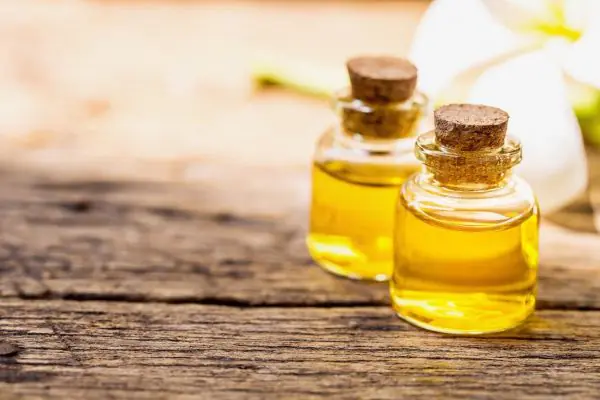
Interestingly, jojoba oil deteriorates faster when exposed to light, so the product is stored exclusively in containers made of dark-colored glass. The air temperature in the place where the product is located should not exceed 25 o C. It is recommended to use the substance within a year from the date of manufacture, although some manufacturers indicate a longer period. Try to use open oil within 4–6 months.
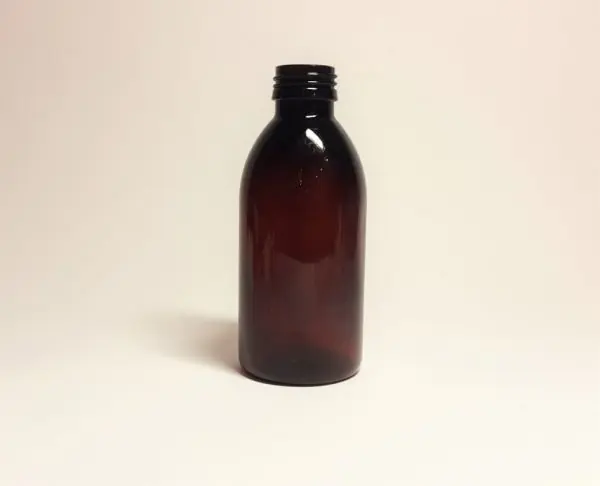
Benefits of jojoba oil for the face
Jojoba squeeze has the following effects in facial care:
- Deeply moisturizes epidermal cells. In addition, the product prevents the skin from losing moisture, forming a thin protective film on the surface of the treated area.
- Accelerates cellular regeneration.
- Prevents premature skin aging. The product reduces the likelihood of early withering and death of healthy cells.
- Improves intracellular metabolism.
- Fights wrinkles. Of course, the product will not cope with deep ones, but with small mimic ones it will do just fine.
- Neutralizes the negative effects of free radicals. A high concentration of the latter in the cells certainly leads to the premature appearance of wrinkles, the appearance of unevenness on the skin and a dull complexion.
- Tightens the skin. The product will not help with noticeable sagging, but it will help prevent further development of the process.
- Softens the skin. This is especially true if you feel constant dryness and tightness. After using the oil, the skin becomes velvety to the touch, which is very important for the fair sex.
- Nourishes skin and hair. The oil contains many useful components that have a positive effect on the functioning of cells. The product is well absorbed into the curls and skin, without clogging pores or preventing the flow of oxygen to the hair follicles.
- Removes accumulated impurities from tissues: waste, toxins, etc.
- Helps in the treatment of dermatitis, eczema and other skin diseases.
- Evens out the color and surface of the face. This is especially true for girls suffering from the effects of acne, which manifests itself in the form of spots and small scars.
- Soothes inflamed skin. The product helps relieve itching and redness, and also helps to relieve irritation faster. These properties are especially important when caring for overly sensitive skin.
- As mentioned earlier, the oil forms a thin film on the surface of the skin. The latter not only retains moisture in the cells, but also protects against aggressive external influences: cold wind, scorching sun, etc. If you live in a southern or, conversely, northern country, you can use a few drops of oil instead of face cream.
- Has antibacterial effects. Using the product on the face helps prevent the occurrence of pustules and infectious diseases of the skin.
- Accelerates hair growth, makes eyebrows and eyelashes thicker and shinier.
- Fights pimples and blackheads due to its antiseptic and antibacterial properties. It sounds unusual, but the oil really helps improve the condition of problematic skin.
- Promotes the effective absorption of vitamin D obtained from sun exposure.
- Prevents the occurrence of cracks on the lips, which is especially important in the cold season.
Video: what is jojoba oil and what are its beneficial properties
Using jojoba extract for the face
Jojoba extract is used not only for facial skin, but also for the care of eyebrows, eyelashes, lips and even a beard.
For skin
Oil is usually used in facial skin care as an active component of masks or a base for their preparation. In addition, you can make homemade creams from the product.
Interestingly, jojoba extract is suitable for all skin types, including even oily and combination skin.
Masks
The most common way to use jojoba oil on the face is through masks. The latter should be used 1-2 times a week. The course includes 15–20 procedures. Once your sessions are complete, take a break for a few weeks. After rest, you can start the course again. Keep in mind that in some recipes the use of masks is different, pay attention to this. Before applying the active composition, do not forget to thoroughly clean the surface of the skin using a cleansing gel or other product. The ideal option would be to take a bath or visit the sauna before the session. The fact is that steamed skin allows the nutrients of the applied product to pass through better.
There are many varieties of face masks with jojoba extract. They are all divided into groups, depending on the goal you are pursuing. Try the following recipes:
- Anti-wrinkle:
- With almond oil. Mix 1 tsp. jojoba, avocado and almond extract. Place the resulting mass in a water bath for several minutes. Use the mask locally: lubricate wrinkles twice a day. It is advisable to do this in the morning and before bed.
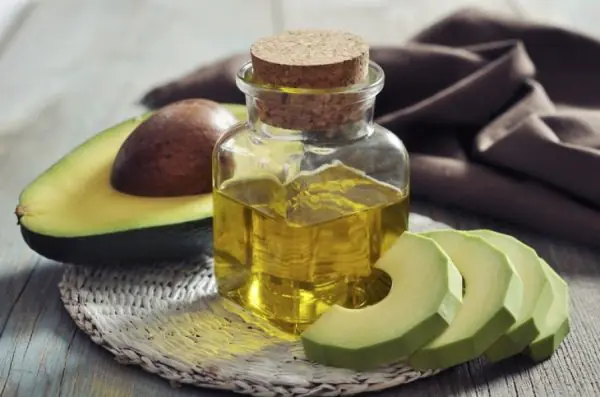


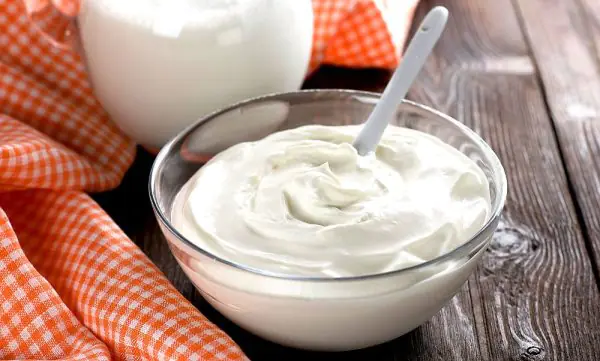
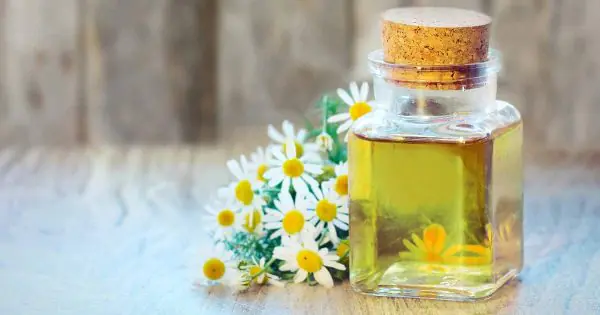
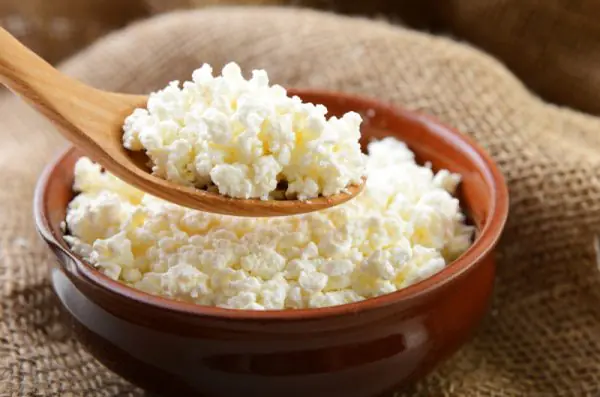
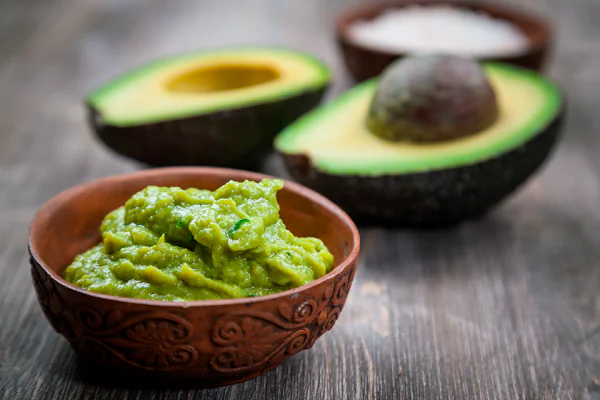
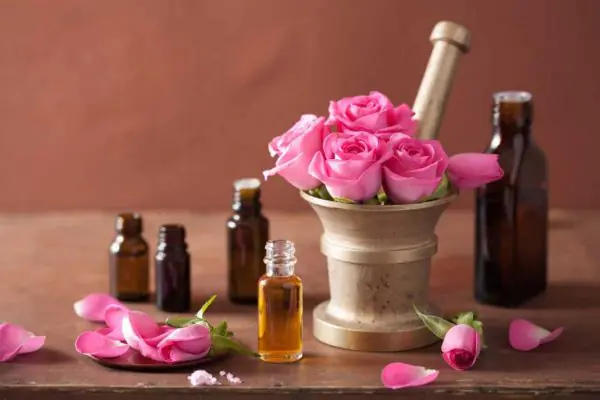
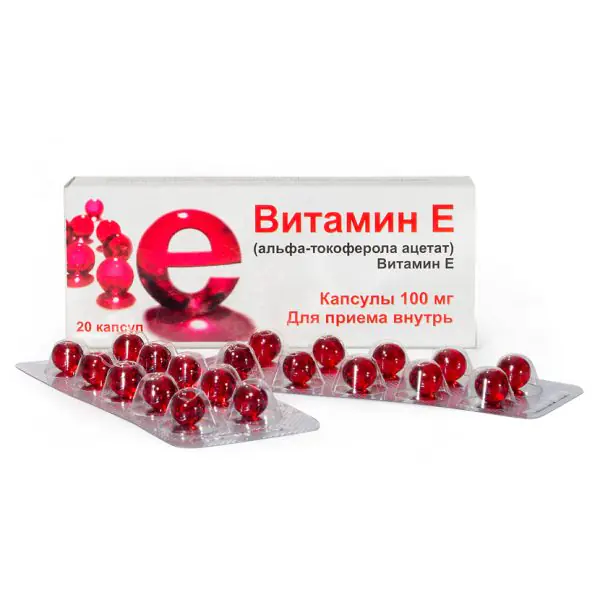
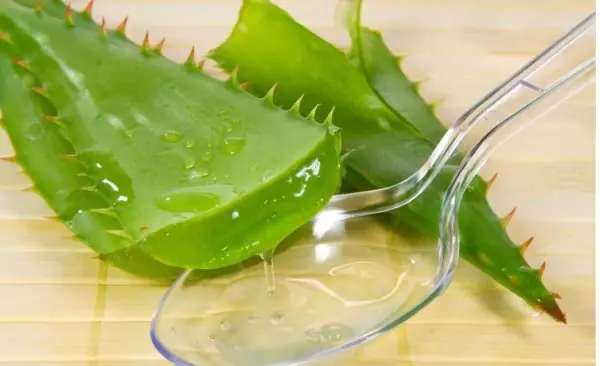
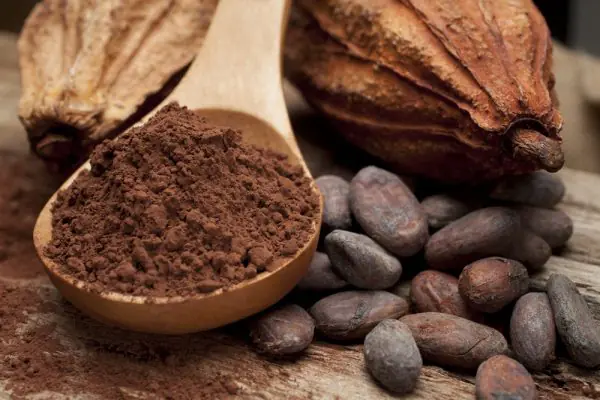
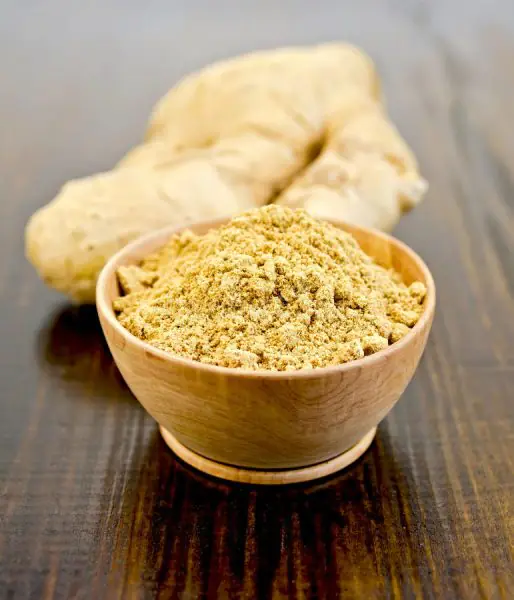
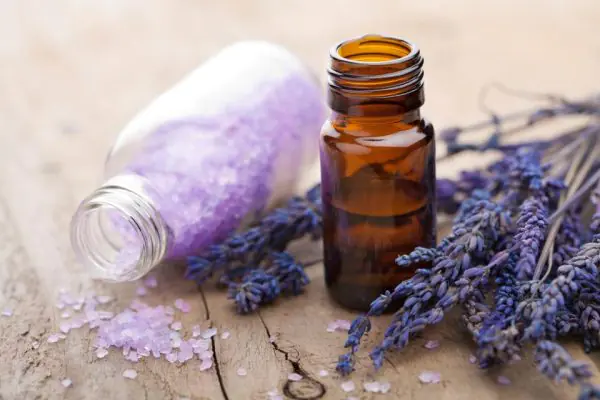
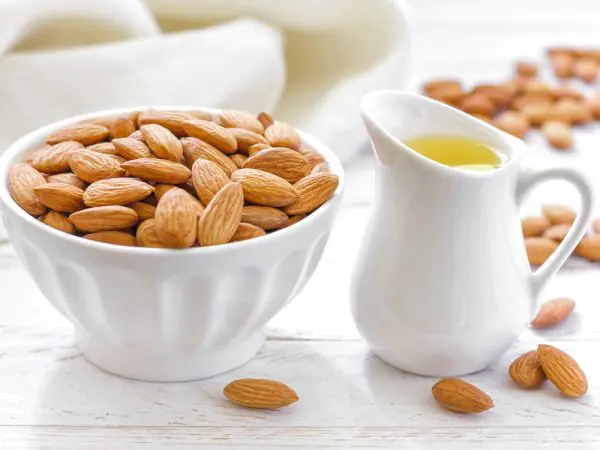
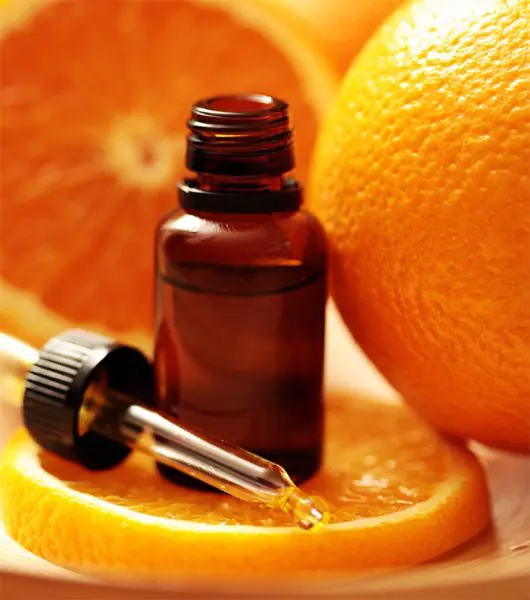
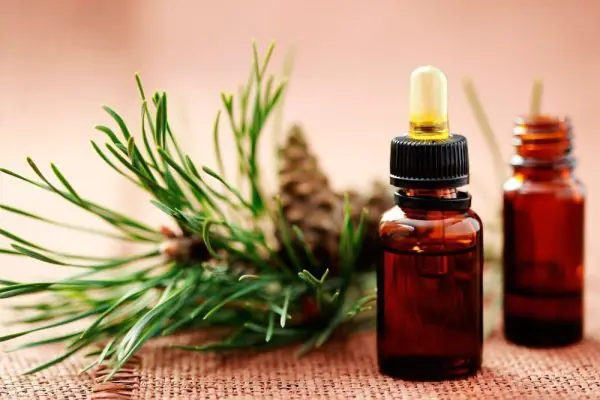
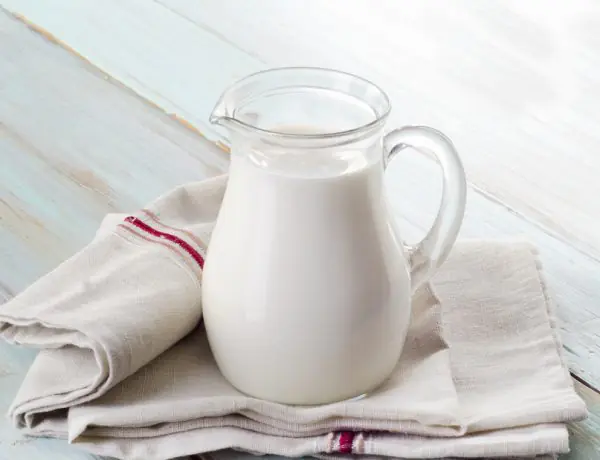
Video: how to make a tightening face mask with jojoba squeeze
Creams
Creams with jojoba oil are used for everyday skin care. The products differ from store-bought ones because they contain exclusively natural ingredients and, in the absence of individual intolerance, do not pose a danger to the health of the epidermis. All suggested homemade creams cannot be stored for longer than 7 days. In this case, the container with the product must be in the refrigerator. Try several recipes for homemade creams based on jojoba extract (hereinafter referred to as the main component):
- You will need: 30 ml of the main component, 10 ml of rose water (can be replaced with chamomile decoction), 1 capsule of vitamin E, 3 g of beeswax, 10 drops of geranium ether. Place the jojoba extract in a water bath and wait until the product becomes warm. Add wax and geranium ether to the product; there is no need to remove the substance from the heat. Stir until the solid ingredient melts. When this happens, move the container to the table and cool slightly. Add the remaining ingredients to the warm mixture. The cream is ideal as a base for makeup.
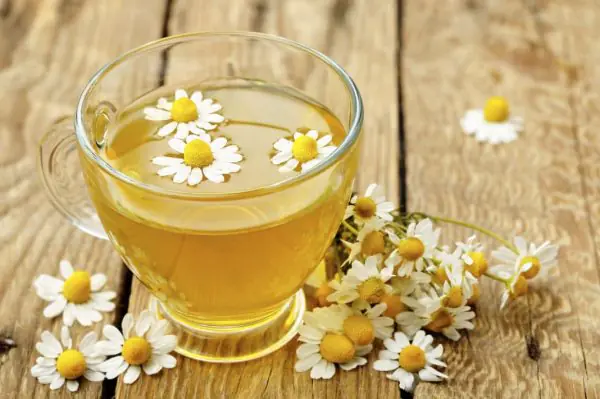
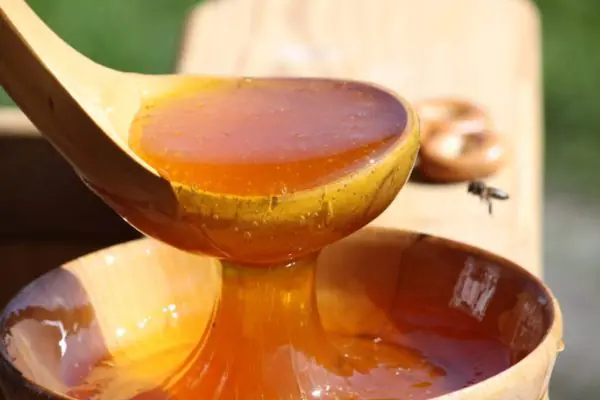
Essential oils have a strong effect on the epidermis, so every few months of using homemade creams it is recommended to rest for 7 days.
For eyelashes and eyebrows
When used regularly, jojoba extract makes eyelashes thicker, stronger and shinier. There are several ways to use the product to care for hair on the eyes:
- Mix 1 capsule of vitamin A with almond, jojoba and castor oils, taken in an amount of 1 tsp. Pour the resulting mass into a tube from under the old mascara. Of course, the container should be washed first. Apply the product to your eyelashes and leave for 30 minutes. After the required time has passed, remove any remaining product with a paper towel. Conduct the session daily for 30 days. Upon completion of the course, you should rest for 3 weeks, and then resume the procedures if desired.

For rapid eyebrow growth, use pure jojoba extract. Apply the product with your fingertips, lightly massaging the skin. This way you will not only nourish your hair with useful substances, but also speed up blood circulation. For one application, 4-7 drops are enough, depending on the size and thickness of the eyebrows. The product must be used daily for a month. Then you should take a break for 2-4 weeks and, if desired, resume sessions.
For lips
Jojoba squeeze not only moisturizes, nourishes and softens lips, but also promotes the healing of microcracks. In addition, the product protects against chapping during the cold season. There are several recipes for using lip care oil:
- You will need: 1 tsp. wax, 1.5 tsp. cocoa butter, 2 tsp. jojoba extracts. Lightly melt the solid component using a water bath. When the substance becomes warm, add cocoa butter to it. After a few minutes of constant stirring, remove the product from the heat. Add jojoba extract to the mixture. Pour the resulting mixture into a convenient jar and put it in the refrigerator. Lubricate your lips with the product morning and evening, no breaks needed.
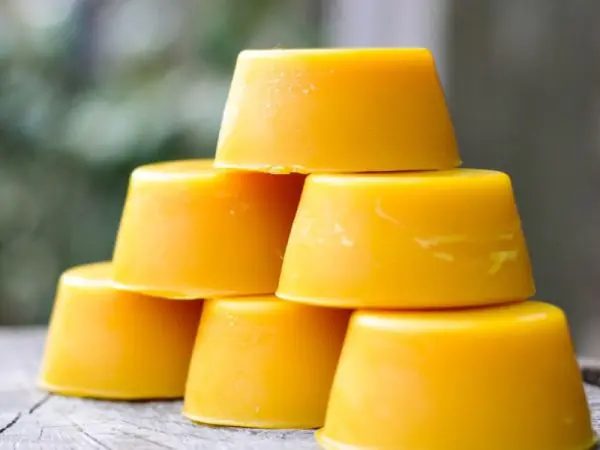
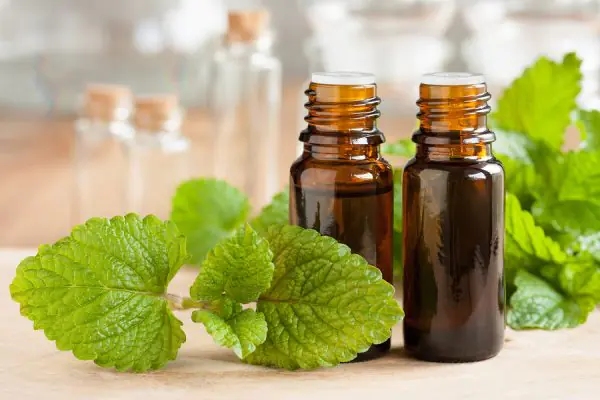
Jojoba extract can be used for lip care in its pure form. Just lubricate your skin with the product several times a day. In the absence of allergies, the product can be used daily and continuously.
For beard
Jojoba squeeze when used on a beard helps accelerate hair growth, and also makes it softer and more manageable. If you add esters to the main component (it is preferable to use a product from mint, eucalyptus, tea tree or orange), you can achieve an additional effect: a pleasant aroma of the strands. The composition is usually rubbed in the palms of the hands and rubbed over the beard. Remember not to forget about the skin during treatment.
The amount of product needed for the procedure is determined in accordance with the “age” of the beard:
- less than 30 days - 2-3 drops,
- up to 90 days - 5–7 drops,
- from 4 to 12 months – 6–8 drops,
- more than a year - 9 drops or more.
You can use a composition based on jojoba extract every day. This way you will protect your beard from the harmful effects of the environment, give it a pleasant aroma and a well-groomed appearance.
Contraindications and side effects
Jojoba squeeze when used on the face can only be harmful if the product is abused and if there is an allergic reaction to it. The following side effects may occur:
- rash,
- itching,
- black dots,
- acne,
- greasy shine,
- eyelash loss,
- eyebrow thinning.
The main contraindication to using jojoba extract for facial care is individual intolerance to the product. To find out if you have an allergy, do a small test: apply a little oil to your wrist or the inside of your elbow. If after a day there is no irritation, you can safely use the product. Pregnant women and those with excessively oily skin should also use the product with caution. In these cases, you should consult a specialist before including the oil in your daily care.
Women whose facial hair grows quickly (for example, on the upper lip) should use jojoba extract with extreme caution. The product not only increases the density of vegetation, but also awakens dormant follicles.
Reviews
I have already performed 5 sessions of self-massage of the face with jojoba oil. The number of wrinkles began to decrease. The oil does not clog pores, which is a big plus for me.
Anastasia25
http://irecommend.ru/content/dlya-kozhi-itsa-pri-pervykh-mimicheskikh-morshchinakh-ono-vam-pomozhet
From the moment I first applied it to my face, jojoba oil became my favorite. I applied it after my usual facial cleansing routine, in the evening before bed. No greasy film, very comfortable feeling. I won’t say that this oil mattifies, but the skin becomes incredibly velvety.
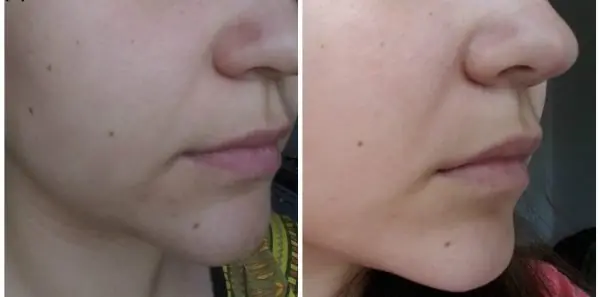
Potatoes with eyes
And the last “zone” of using jojoba oil was my lips. I am immediately attaching a photo of the passions that were BEFORE the oil and what happened to them AFTER FOUR DAYS (once a day!) of using the oil. NO I'll eat. NO dryness. Super!
Potatoes with eyes
Jojoba oil is a unique eyelash treatment. For more convenient application, I decided to use a tube from under an old mascara. I poured jojoba oil into a clean tube. After using the oil for a week, it was already clear that new eyelashes were appearing, and the old ones became fluffier and longer. And in the photo the result of a month's application (with and without mascara) I am very pleased with the result! I hope you can see it too))
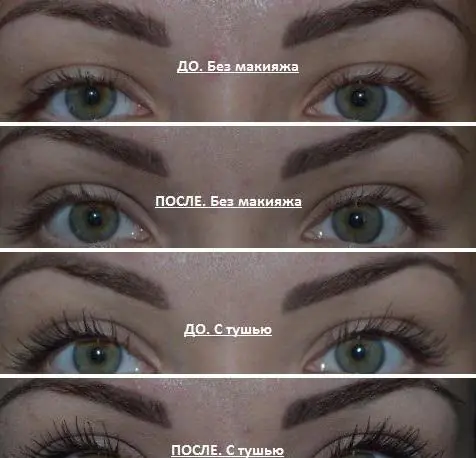
Regishka88
http://otzovik.com/review_2710372.html
Jojoba oil is a unique herbal product. With its help, you can daily care for the skin of your face and lips, as well as your eyelashes, eyebrows and even your beard. The main advantage of the squeeze is its naturalness. Due to the small number of contraindications and side effects, the product can be used both separately and as part of home-made cosmetics.



